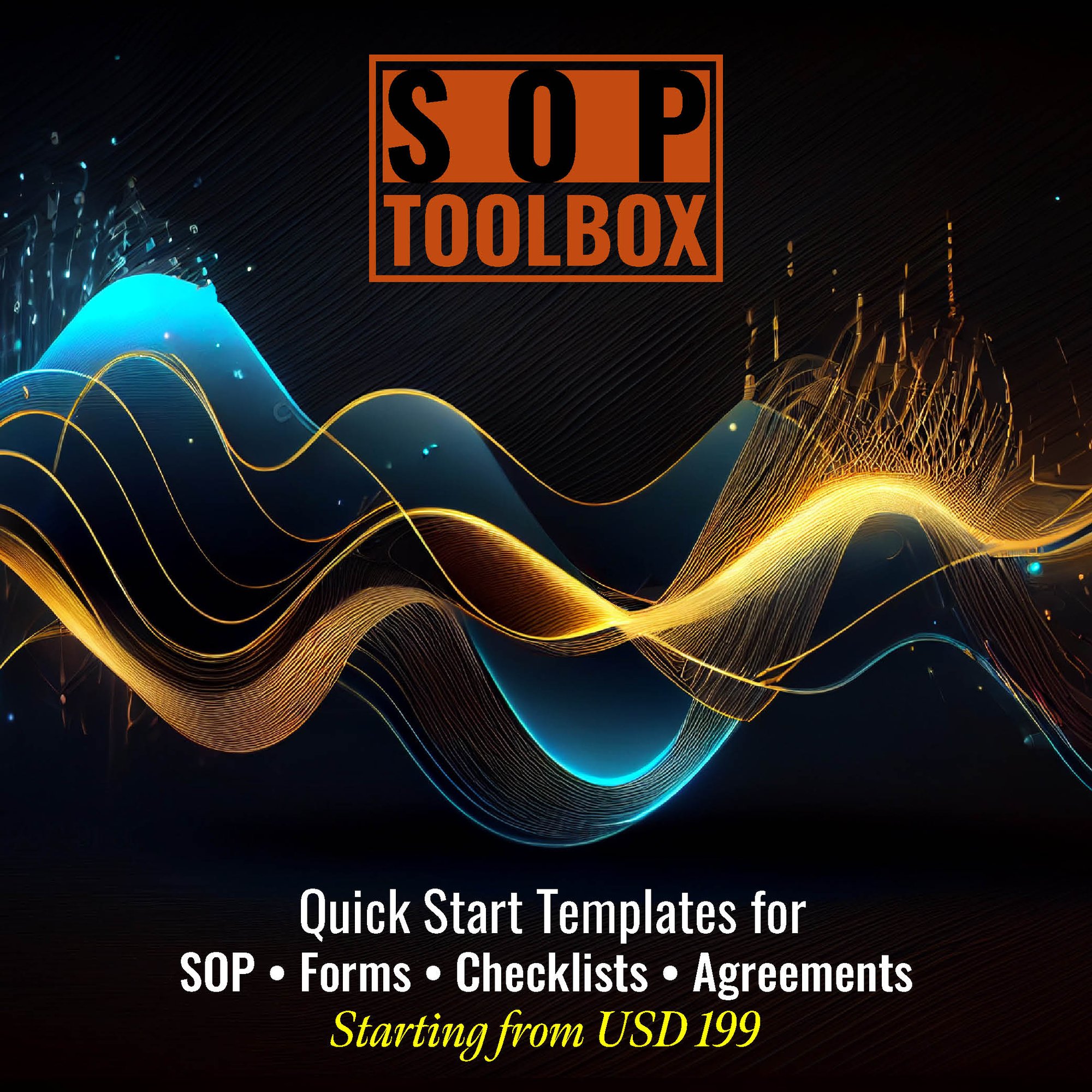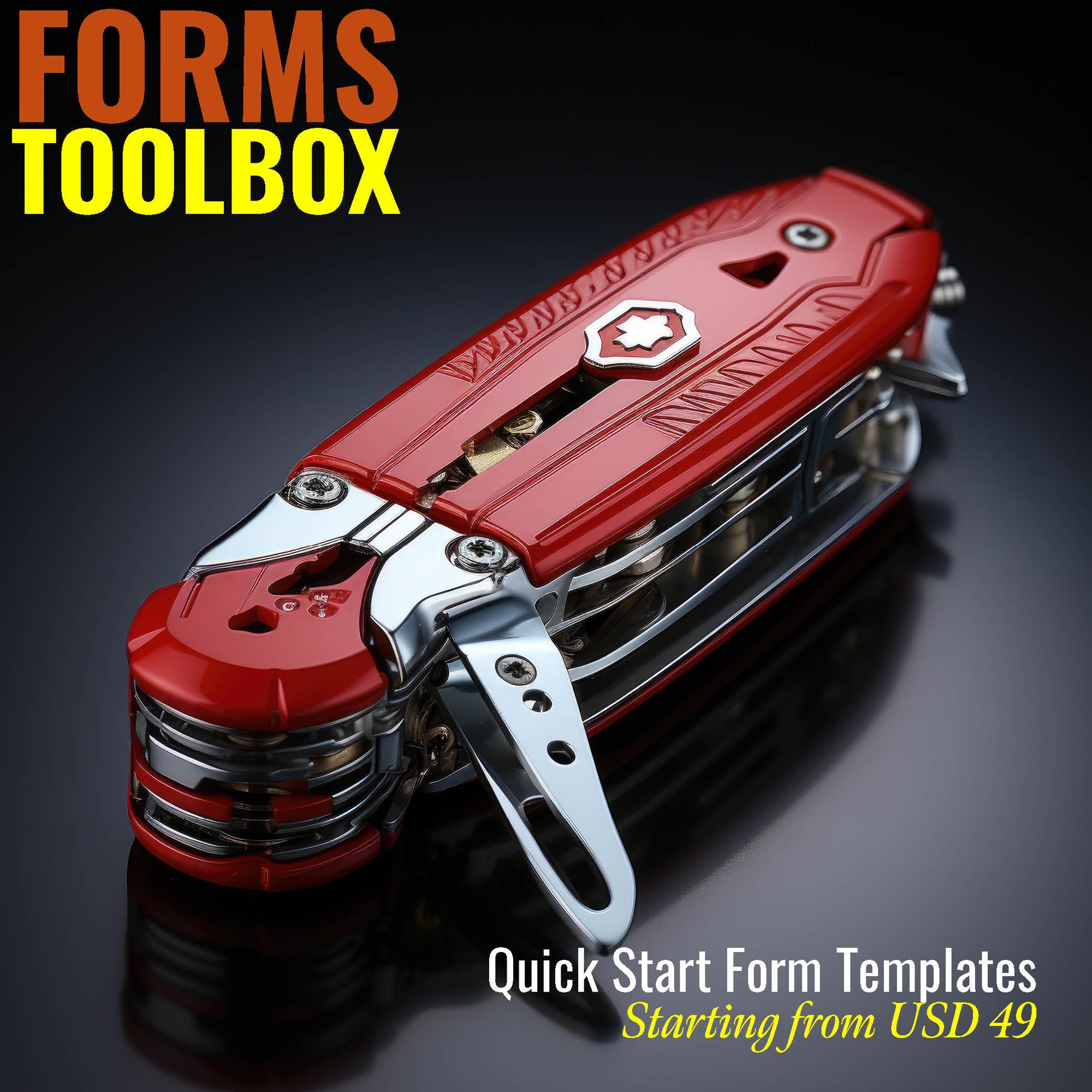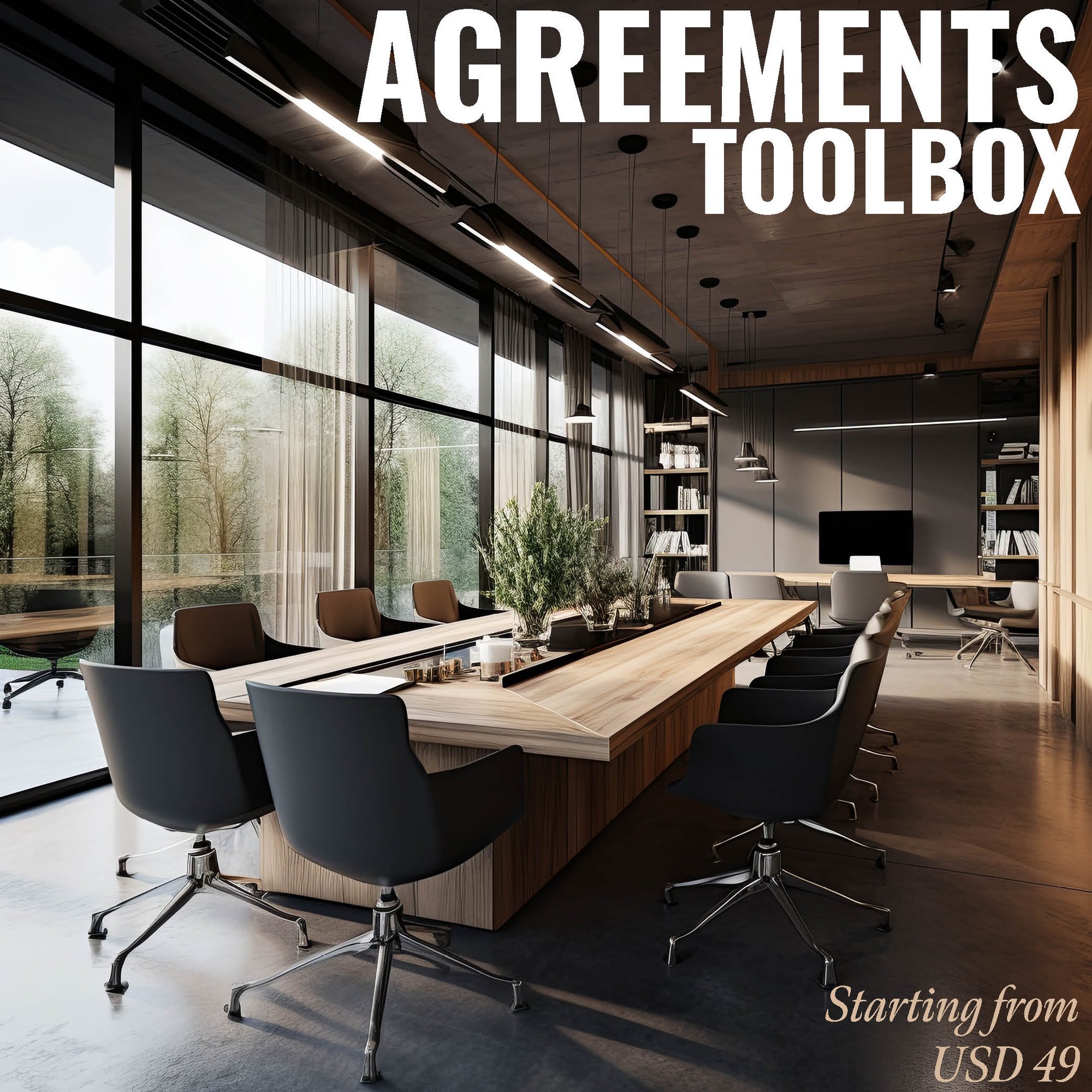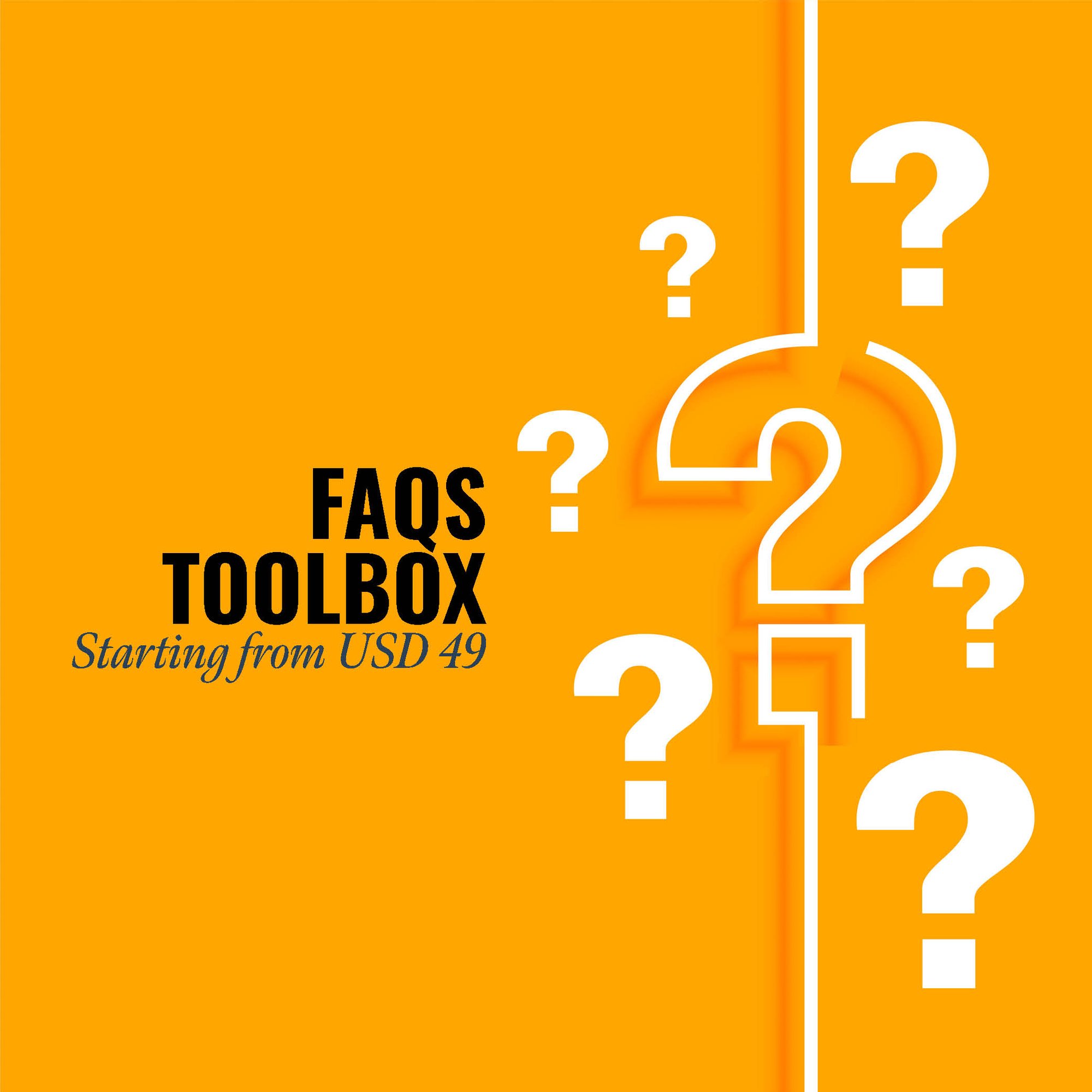An SOP (Standard Operating Procedure) Manual for Historical Sites offers rewards that extend to efficient site management, preservation, and enhanced visitor experiences. Firstly, it provides a standardized framework for historical site operations, ensuring consistency in preservation efforts and presentation. Secondly, the manual becomes a valuable resource for staff training, promoting uniformity in historical interpretation and visitor engagement. Thirdly, the SOP Manual contributes to risk management by outlining safety protocols, reducing the potential for damage to historical artifacts or structures. Additionally, it supports effective communication with visitors, fostering an informative and enjoyable experience. This manual enhances the overall professionalism of historical sites, contributing to their reputation and long-term sustainability. Ultimately, the rewards lie in the preservation of cultural heritage, educational value, and the ability to offer enriching experiences to visitors exploring historical sites.
CLICK HERE to download the List of SOPs Document in PDF format. Please share this document with your clients, colleagues and senior officers.
Top 50 Standard Operating Procedures (SOPs) for Historical Sites
SOP-020-001: Standard Operating Procedure for Site Entry and Exit Procedures
SOP-020-002: Standard Operating Procedure for Conservation and Preservation
SOP-020-003: Standard Operating Procedure for Emergency Preparedness
SOP-020-004: Standard Operating Procedure for Visitor Services
SOP-020-005: Standard Operating Procedure for Exhibits and Displays
SOP-020-006: Standard Operating Procedure for Cultural Sensitivity
SOP-020-007: Standard Operating Procedure for Archaeological Excavation
SOP-020-008: Standard Operating Procedure for Historic Structures Maintenance
SOP-020-009: Standard Operating Procedure for Site Signage
SOP-020-010: Standard Operating Procedure for Education and Outreach

SOP-020-011: Standard Operating Procedure for Security Measures
SOP-020-012: Standard Operating Procedure for Public Behavior Guidelines
SOP-020-013: Standard Operating Procedure for Accessibility
SOP-020-014: Standard Operating Procedure for Vegetation Management
SOP-020-015: Standard Operating Procedure for Research and Documentation
SOP-020-016: Standard Operating Procedure for Waste Management
SOP-020-017: Standard Operating Procedure for Audio-Visual Resources
SOP-020-018: Standard Operating Procedure for Gift Shop Operations
SOP-020-019: Standard Operating Procedure for Collaborations and Partnerships
SOP-020-020: Standard Operating Procedure for social media and Online Presence
SOP-020-021: Standard Operating Procedure for Volunteer Management
SOP-020-022: Standard Operating Procedure for Risk Assessment
SOP-020-023: Standard Operating Procedure for Cultural Heritage Legislation Compliance
SOP-020-024: Standard Operating Procedure for Educational Programs Evaluation
SOP-020-025: Standard Operating Procedure for Maintenance of Digital Archives
SOP-020-026: Standard Operating Procedure for Visitor Feedback and Surveys
SOP-020-027: Standard Operating Procedure for Incident Reporting
SOP-020-028: Standard Operating Procedure for Rental and Event Space Usage
SOP-020-029: Standard Operating Procedure for Virtual Tours and Online Engagement
SOP-020-030: Standard Operating Procedure for Code of Ethics for Staff and Volunteers

SOP-020-031: Standard Operating Procedure for Budgeting and Financial Procedures
SOP-020-032: Standard Operating Procedure for Artifacts Loan and Borrowing
SOP-020-033: Standard Operating Procedure for Public Transportation Access
SOP-020-034: Standard Operating Procedure for Audio-Visual Exhibits
SOP-020-035: Standard Operating Procedure for Membership Programs
SOP-020-036: Standard Operating Procedure for Facilities Rental and Use Policies
SOP-020-037: Standard Operating Procedure for Marketing and Promotion
SOP-020-038: Standard Operating Procedure for Lighting Guidelines for Exhibits
SOP-020-039: Standard Operating Procedure for Accessibility Training for Staff
SOP-020-040: Standard Operating Procedure for Collaboration with Local Businesses
SOP-020-042: Standard Operating Procedure for Educational Outreach to Schools
SOP-020-043: Standard Operating Procedure for Archaeological Site Monitoring
SOP-020-044: Standard Operating Procedure for Cultural Landscape Management
SOP-020-045: Standard Operating Procedure for Crisis Communication Plan
SOP-020-046: Standard Operating Procedure for Artisan and Craft Demonstrations
SOP-020-047: Standard Operating Procedure for Merchandise Licensing
SOP-020-048: Standard Operating Procedure for Public Art Installations
SOP-020-049: Standard Operating Procedure for Virtual Reality (VR) Experiences
SOP-020-050: Standard Operating Procedure for Legacy Planning and Succession
SOP ToolBox: If you are reading these lines, I am sure you are looking for Standard Operating Procedure guidelines or SOPs itself. In both the cases, searching in internet will not be yielding any great help. Because no company shares their SOP Development Process and certainly don’t share their SOP Documents. The best way to develop an SOP is creating one for yourself. At Fhyzics, we write SOPs day-in and day-out for companies across the globe including some of the Fortune 500 organisations. Our charge ranges from USD 5000 to USD 50000 depending upon the number of processes to be covered. Certainly, this is not affordable to small and mid-size organisations. Hence, we decided to create this SOP ToolBox to disseminate our 8-Step SOP Development Life-Cycle and best practices at an unbelievably low price.
I always say, writing an SOP is somewhere between art and science. So far you may be clueless on where to start and how to progress on an SOP? This will not be the case after you diligently go through this SOP ToolBox. We have summarised all our secrets here to get you started and to deliver a stunning SOP to your management.
-
Archaeological sites (i.e., public display)
-
Battlefields
-
Heritage villages
-
Historical forts
-
Historical ships
-
Historical sites
-
Pioneer villages
1. Standard Operating Procedures (SOP) Manual for Accounts Department
2. Standard Operating Procedures (SOP) Manual for Finance Department
3. Standard Operating Procedures (SOP) Manual for Customer Service
4. Standard Operating Procedures (SOP) Manual for CRM Department
5. Standard Operating Procedures (SOP) Manual for Credit Department
6. Standard Operating Procedures (SOP) Manual for Treasury Department
7. Standard Operating Procedures (SOP) Manual for Human Resources (HR) Department
8. Standard Operating Procedures (SOP) Manual for Training Department
9. Standard Operating Procedures (SOP) Manual for Learning & Development Department
10. Standard Operating Procedures (SOP) Manual for Administration Department
11. Standard Operating Procedures (SOP) Manual for Front Office
12. Standard Operating Procedures (SOP) Manual for House Keeping
13. Standard Operating Procedures (SOP) Manual for Safety Department
14. Standard Operating Procedures (SOP) Manual for Security Department
15. Standard Operating Procedures (SOP) Manual for Facilities Management Department
16. Standard Operating Procedures (SOP) Manual for Vigilance Department
17. Standard Operating Procedures (SOP) Manual for Legal Department
18. Standard Operating Procedures (SOP) Manual for Information Technology (IT) Department
19. Standard Operating Procedures (SOP) Manual for Sales & Marketing Department
20. Standard Operating Procedures (SOP) Manual for Design & Engineering
21. Standard Operating Procedures (SOP) Manual for Procurement Department
22. Standard Operating Procedures (SOP) Manual for Production
23. Standard Operating Procedures (SOP) Manual for SRM Department
24. Standard Operating Procedures (SOP) Manual for Supply Chain Department
25. Standard Operating Procedures (SOP) Manual for Warehouse
26. Standard Operating Procedures (SOP) Manual for New Product Development Department
27. Standard Operating Procedures (SOP) Manual for Research and Development
28. Standard Operating Procedures (SOP) Manual for Quality Department
29. Standard Operating Procedures (SOP) Manual for Calibration Department
30. Standard Operating Procedures (SOP) Manual for Maintenance Department
31. Standard Operating Procedures (SOP) Manual for Logistics Department
Industry Process:
The operation of this industry starts with identifying and preserving the historical sites, and the major intention or aspect of this industry is to protect the respective regional site or culture. This industry generates revenue through various medium including collecting entrance fee from visitors, conducting entertainment program, fund raising through related association or institute, and operating retail shop in the respective site.
- Need to ensure, whether the building can support the modern amenities. Then, after the evolution, the respective or alternative plan need to be done in an efficient manner.
- Need to seek advice from the senior experts related to the respective field, where facility mangers, senior archelogies, designers, and code officials are need to be involved during the planning process in order to enhance the project progress.
- During the preservation project, the progress work should not affect the real characteristics or nature of the site because, the main objective of the preservation project is to retain the building or site as much of original.
- Need to have a keen attention on the historic site or building’s code and regulations, in terms to avoid potential issues and other risky challenges.
- Curatorial Affairs
- Education and Research
- Exhibitions and Collection
- External Affairs
- Administrative Department
- Retail Department
- Audience Engagement
- Human Resource
- Docent
- Exhibit Designer
- Historian
- Membership Officer
- Archivist
- Manager
- Conservator
- Museum Curator
- Site Director
- Preparator
- Public Relations Officer
- Registrar
- Volunteer
- Site Educator
- Protection Staff (Security Officer)
- Maintenance Staff
- ICOMOS
https://www.icomos.org/ - ISO 21127:2006| International Organization for Standardization
https://www.iso.org/standard/34424.html#:~:text=ISO%2021127%3A2006%20is%20specifically,their%20cultural%20significance%20and%20value). - International Institute for Conservation
https://www.iiconservation.org/
- Machu Picchu| Peru, South America|
https://www.machupicchu.gob.pe/ - Tikal| Guatemala, North America|
http://www.tikalnationalpark.org/ - The Great Pyramid of Giza| Giza Necropolis, Egypt|
https://egymonuments.gov.eg/ - Angkor Wat| Siem Reap, Cambodia|
http://angkor.com.kh/ - Petra| Ma'an Governorate, Jordan|
https://www.visitpetra.jo/ - Stonehenge| Wiltshire, England|
http://www.stonehenge.co.uk/ - Colosseum|Rome, Italy|
https://www.il-colosseo.it/ - Parthenon| Athens, Greece|
https://www.thisisathens.org/antiquities/parthenon - Alhambra| Granada, Spain|
https://www.alhambra.org/en/ - Taj Mahal| New Delhi, India|
https://www.tajmahal.gov.in/
-
Historical Buildings & Monuments| outlookindia.com
-
National Geographic History Magazine
-
History Today Magazine
-
Heritage India Magazine
-
Journal of Cultural Heritage| Elsevier
-
International Journal of Heritage Architecture| WIT Press
-
International Journal of Historical Archaeology|Springer
Research By : Udhay Sankar
Please click here to review the SOP Templates’ Terms & Conditions.
Keywords: sop, manual, policy, sop meaning, sop full form, standard operating procedure, full sop, user manual, sop is, user guide, instruction manual, owners manual, sample sop, operators manual, sop example,standard operating procedure examples, abbreviation sop, standard operating procedure sample, milk sop, sop document, sop process,m manual, operating procedures, operating process, sop meaning in hindi, standard procedure, sop standard operating procedure, sop top, sop writing, standard operating procedures manual, sop meaning in english, sample sop for mba, standard operating procedures examples in office, product manual, sample sop for ms, maintenance manual, sop security, sop in research, sop in business, whats sop, standard of operation, sop set, sop procedure, sop marketing,sop training, sop hotel, sop, sop meaning business, sop form, sba sop,sop software, help manual, sop it, army sop, company sop, sop sap, o m manual, standard operating procedure examples for small business, shop manual, sop manual, sop meaning in business, purpose of standard operating procedures, sop full meaning, standard operating procedure meaning, sop military, sop standard, sop meaning medical, hr sop, sop production, purpose of sop, sop management, warehouse sop, sales sop, sop pharma, sop manufacturing, sop creation, sop laboratory, ms sop, sop full form in hindi, sop front office, sop customer service, sop online, gmp sop, sop purchasing, sop pharmacy, sop safety, sop for project management,sample sop for australian student visa, sop meaning in tamil, sop system, best sop, sop up, sop in english, sop for mechanical engineering, sop for university,sop in malay, sop lab, sop for business analytics, sop model, sop in pharmacy, developing sops, standard operating procedure examples manufacturing, sop full form in retail,sop full form in medical, sop engineering, sop application, writing standard operating procedures, procurement sop, sop maintenance,standard operating procedure nhs, sop clinical trial, sop operations,sop in construction, operating procedures manual, standard operating procedure ppt, standard procedure meaning, sop ppt, a sop, sop document meaning, sop def, sop full form in safety, sop quality control, sop for college, sop quality, sop service, types of sop, sop for engineering management, sop document sample, benefit of sop, preparing sop, standard operating procedure in hindi, sop for visa, sop compliance, sop protocol, sop aviation, sop meaning in chat, standard operating process, sop meaning military, sop for business management, standard operating procedure software, sop list, sop medical, sop logistics, sop project, sop for it department, sop call center, standard work procedures, sba sop 50 10, sop meaning in logistics, standard operating procedure laboratory, test sop, sop sample for ms, drafting sop, sops meaning in tamil, sops meaning in telugu, sop automotive, standard operating system, sop cafe, sop slideshare, sop ap, sop bank, sop in retail, creating standard operating procedures, sop admin, document control sop, pharmaceutical sop,sop in pharmaceutical industry, statement of purpose harvard, sop examples for ms, quality assurance sop, sop in clinical research, nursing sop, sop for transportation, sop policies, sops are specific to a process, sop in hindi, standard operating procedure for warehouse picking, master sop, list of sop for pharma, pharmaceutical sop examples, types of standard operating procedures, retail sop, sample sop for ms in mechanical engineering, standard operating protocol,sop supply chain, system operating procedure, sop rules, example of sop in research, sop in food industry, sop for international business management, sop for hospitality management, sop for hr department, army sop example, sop standard operating, office sop, hr standard operating procedures, preventive maintenance sop, sop for purchase department, human resources sop, fire department sops, information technology sop, operating procedure example, administration sop,sop for retail store, indian sop, construction management sop, sop hotel front office, example sop document, standard and procedures,working sop, sop for maintenance department, sop hrd department,sop full form in hotel industry, sop full, sop for human resource management, laboratory sop examples, standard operating procedure for quality control, sop for ms in mechanical engineering, sop meaning army, security standard operating procedures, sop machine, sample sop for internship, sop for hotel management, sample sop for masters, qa sop, developing standard operating procedures, standard operating procedure document, product recall sop, marketing statement of purpose, it standard operating procedures, equipment sop, sop purpose example, sop shipping, sop for sales and marketing,converting pos to sop, workshop sop, standard operating procedure manufacturing, digital marketing standard operating procedures, following standard operating procedures, sop ki full form, sop for nursing procedures, an sop, purchase sop for manufacturing company, sop a, statement of purpose for mba marketing, full meaning of sop, sop for research internship, research sop sample,vendor qualification sop, sop purchasing and receiving, sop meaning in visa, sop for admission, standard operating procedure medical office, sop in industry, sop sales marketing, navy sop, project management standard operating procedures, sop it support, standard operating manual, security operating procedures, statement of purpose for international business, procurement standard operating procedures, communication sop, sop full form in pharma, minimum sop, sop health and safety, product sop, sop for marketing department, sop in medical terms, sales standard operating procedure, sop purchase order, department sop, customer service standard operating procedures, clinical sop, marketing standard operating procedure, sop standard operating procedure example, construction standard operating procedures, standard of operations procedures manual sample, sop for facility management, sop full form in education, standard operating procedure in food industry, visa sop,sop for business administration, company sop meaning, sop work, sop operating procedure, sop for summer internship in engineering sample, general administration sop, sop for administrative duties.
Our SOP Templates’ clients are from the following States and Countries:
Alabama, Alaska, Arizona, Arkansas, California, Colorado, Connecticut, Delaware, Florida, Georgia, Hawaii, Idaho, Illinois, Indiana, Iowa, Kansas, Kentucky, Louisiana, Maine, Maryland, Massachusetts, Michigan, Minnesota, Mississippi, Missouri, Montana, Nebraska, Nevada, New Hampshire, New Jersey, New Mexico, New York, North Carolina, North Dakota, Ohio, Oklahoma, Oregon, Pennsylvania, Rhode Island, South Carolina, South Dakota, Tennessee, Texas, Utah, Vermont, Virginia, Washington, West Virginia, Wisconsin, Wyoming.
Afghanistan, Albania, Algeria, Andorra, Angola, Antigua and Barbuda, Argentina, Armenia, Australia, Austria, Azerbaijan, Bahamas, Bahrain, Bangladesh, Barbados, Belarus, Belgium, Belize, Benin, Bhutan, Bolivia, Bosnia and Herzegovina, Botswana, Brazil, Brunei Darussalam, Bulgaria, Burkina Faso, Burundi, Cabo Verde, Cambodia, Cameroon, Canada, Central African Republic, Chad, Chile, China, Colombia, Comoros, Congo (Republic of the), Costa Rica, Croatia, Cuba, Cyprus, Czech Republic (Czechia), Democratic People’s Republic of Korea (North Korea), Democratic Republic of the Congo, Denmark, Djibouti, Dominica, Dominican Republic, Ecuador, Egypt, El Salvador, Equatorial Guinea, Eritrea, Estonia, Eswatini, Ethiopia, Fiji, Finland, France, Gabon, Gambia, Georgia, Germany, Ghana, Greece, Grenada, Guatemala, Guinea, Guinea-Bissau, Guyana, Haiti, Honduras, Hungary, Iceland, India, Indonesia, Iran, Iraq, Ireland, Israel, Italy, Jamaica, Japan, Jordan, Kazakhstan,Kenya, Kiribati, Kuwait, Kyrgyzstan, Lao People’s Democratic Republic (Laos), Latvia, Lebanon, Lesotho, Liberia, Libya, Liechtenstein, Lithuania, Luxembourg, Madagascar, Malawi, Malaysia, Maldives, Mali, Malta, Marshall Islands, Mauritania, Mauritius, Mexico, Micronesia (Federated States of), Moldova, Monaco, Mongolia, Montenegro, Morocco, Mozambique, Myanmar (Burma), Namibia, Nauru, Nepal, Netherlands, New Zealand, Nicaragua, Niger, Nigeria, North Macedonia (formerly Macedonia), Norway, Oman, Pakistan, Palau, Panama, Papua New Guinea, Paraguay, Peru, Philippines, Poland, Portugal, Qatar, Republic of Korea (South Korea), Republic of the Congo, Romania, Russian Federation (Russia), Rwanda, Saint Kitts and Nevis, Saint Lucia, Saint Vincent and the Grenadines, Samoa, San Marino, Sao Tome and Principe, Saudi Arabia, Senegal, Serbia, Seychelles, Sierra Leone, Singapore, Slovakia, Slovenia, Solomon Islands, Somalia, South Africa, South Sudan, Spain, Sri Lanka, Sudan, Suriname, Sweden, Switzerland, Syrian Arab Republic (Syria), Tajikistan, Thailand, Timor-Leste, Togo, Tonga, Trinidad and Tobago, Tunisia, Turkey, Turkmenistan, Tuvalu, Uganda, Ukraine, United Arab Emirates, United Kingdom of Great Britain and Northern Ireland, United Republic of Tanzania, United States of America, Uruguay, Uzbekistan, Vanuatu, Venezuela, Viet Nam, Yemen, Zambia, Zimbabwe.
Fhyzics supports organisations in developing the following documentations:
Standard Operating Procedures (SOPs), Work Instructions, Policies and Procedures, Process Flow Diagrams, Job Descriptions, Training Manuals, Employee Handbooks, Compliance Guidelines, Quality Assurance Manuals, Health and Safety Procedures, Risk Management Plans, Business Continuity Plans, Internal Audit Procedures, Incident Reporting Forms, Performance Management Guidelines, Change Management Procedures, Vendor Management Guidelines, Customer Service Protocols, IT Security Policies, IT Support Documentation, Disaster Recovery Plans, Operational Checklists, Data Management Policies, Confidentiality Agreements, Non-Disclosure Agreements, Employee Onboarding Procedures, Employee Exit Procedures, Performance Appraisal Forms, Employee Code of Conduct, Conflict Resolution Procedures, Product Development SOPs, Supply Chain Management Guidelines, Procurement Guidelines, Inventory Management SOPs, Shipping and Receiving Procedures, Production Scheduling SOPs, Maintenance Procedures, Equipment Calibration Documents, Environmental Compliance Documentation, Sustainability Policies, Customer Feedback Forms, Marketing Strategies, Advertising Guidelines, Brand Management Guidelines, Product Packaging SOPs, Laboratory Testing Procedures, Regulatory Compliance Documentation, Tax and Accounting Procedures, Contract Management Procedures, Legal Compliance Guidelines, Financial Reporting Procedures, Budgeting Procedures, Internal Control Procedures, Fraud Prevention Policies, Asset Management Guidelines, Purchase Order Procedures, Sales and Distribution Guidelines, Client Contracts, Customer Return Policies, Internal Communication Protocols, Vendor Evaluation Forms, Product Safety Standards, Workplace Health and Safety Standards, Public Relations Procedures, Social Media Management Guidelines, Crisis Management Plans, Employee Grievance Procedures, Privacy and Data Protection Policies, Digital Transformation Guidelines, Innovation Management Procedures, Continuous Improvement Guidelines, Strategic Planning Documents, Corporate Social Responsibility (CSR) Guidelines, Audit Trails and Records, Employee Training and Development Records, Succession Planning Documents, Talent Acquisition Procedures, Team Collaboration Protocols, Employee Benefit Plans, Workplace Diversity Guidelines, Time and Attendance Tracking, Payroll Procedures, Employee Leave Policies, Conflict of Interest Policy, Emergency Response Procedures, Environmental Impact Assessment Procedures, Transportation and Logistics Procedures, Inventory Control Forms, Warehouse Management Guidelines, Product Lifecycle Management SOPs, Customer Satisfaction Surveys, Third-Party Risk Assessment Guidelines, Technology Adoption Policies, Software Licensing Guidelines, Security Incident Response Procedures, Supply Chain Risk Management Policies, Product Recall Procedures, Food Safety Guidelines, Employee Wellness Programs, Workplace Ergonomics Guidelines.





.jpg?width=645&height=337&name=Standard%20Operating%20Procedure%20-%20SOP%20ToolBox%20(1).jpg)











